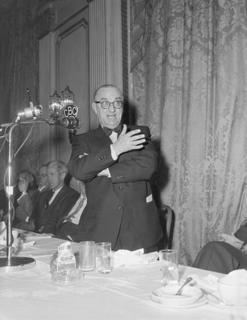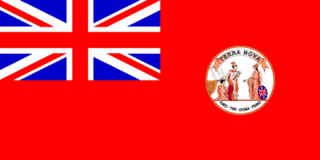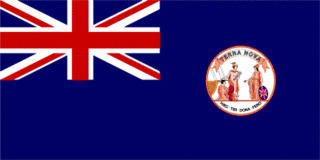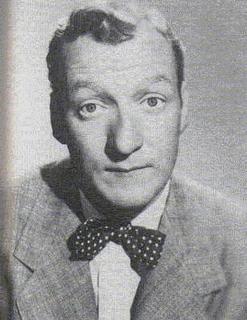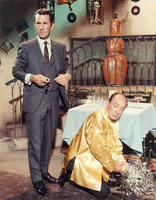In typical fashion, Andy Wells was quick to comment on the municipal election results in St. John's claiming credit for his own success in suppressing the vote for councillor Shannie Duff and others by raising Memorial stadium as an issue. He also criticized two at large candidates, although not by name.
The results don't support Wells contention.
1. Overall, there were about
35, 000 ballot kits returned in this election, down slightly from the 39, 000 returned in the 2001 contest. This decline is easily attributed to the lack of a mayoral race which has traditionally boosted voter turn-out.
At the same time, there were 11, 000 more mail ballots distributed this time. That doesn't mean that there was a dramatic decline in voter turn-out. About the same number of people voted this time as voted last time.
2. In 2001, Shannie Duff garnered slightly more than 21, 000 votes last time out and this time was re-elected with over 19, 000 votes. That decline is hardly indicative of any dramatic decline in her support.
In fact,
Duff's share of the votes cast is exactly the same as it was last time out.
3. While Wells may trumpet his own apparent decisive victory, it is hard to take him seriously.
This election was a no-contest against a man whose behaviour suggested he may well be experiencing severe personal problems. Such was the contest that Wells stopped campaigning.
But here's the interesting thing.
In the mayoral race there were actually more than 6, 200 ballots that were spoiled or not cast. That's almost 18% of the total ballot kits returned. It is a horrendous number for any election - but if Andy was the darling of St. John's, why was he unable to actually increase voter turn-out such that he garnered the support of more than 33% of the total electorate? That's a pretty abysmal comment on Wells the mayor and the contest as a whole. Had he faced a credible candidate, who can say what the outcome might have been?
Regardless of that, in a head-to-head contest between Andy Wells and a guy who people wondered might be ill, they took Andy. Personally, I wouldn't be writing home about that.
4.
Frank Galgay is actually the best proof of Wells' political impotence - that is, if Andy he is trying to suggest that he is the King politico of St. John's. Wells courted Bob Crocker to run against Galgay, may well have financially supported Crocker and certainly publicly attacked Galgay with newspaper ads and a letter mailed to every voter in Ward 2.
Galgay
beat Crocker - and by easy extension
Wells - by
better than two to one.
If anything, Wells crude "campaign" actually cemented Galgay's support and drove them to the polls. Negative campaigning is supposed to suppress voters, especially the opponent's supporters.
That's what Wells is implicitly claiming - he, the master politician affected the results of other candidates. He may have, but certainly not in the way he thinks.
Take that, Bembridge scholars.
5. The
Memorial Stadium issue had no traction with voters. It didn't appear to motivate them one way or another, except for a handful of disaffected people in the east end of town.
Wells was challenged publicly on his bizarre accounting by both Duff - who handily won re-election - and by one of the new faces in the campaign, Simon Lono. The media covered it; Wells ignored it, as only Andy can.
6.
Wells introduced nothing of substance to the campaign. He did not indicate what he plans to do over the next four years. He did not run on any platform. He advanced no new ideas. Indeed Wells, who was once the candidate of change, revolution and attacking the system is now the ultimate Establishment candidate.
His only foray into the campaign was to attack other candidates and in the effort,
every single one of Wells' targets - save one - gained re-election.
7. In the sole exception,
Paul Sears defeat can easily be attributed to his own poor performance on council. Andy can hardly claim credit for Sears' self-inflicted wounds.
8. Wells most laughable comments on
Out of the Fog came when he lambasted two at large candidates for their platform issues.
Although he didn't mention names, one was obviously John Fisher who talked about fighting crime. Ok, Andy, I'll grant that. Fisher was talking about crime and the police when the city can do exactly diddly squat about it.
But the second candidate was
Simon Lono who Wells' thought foolish for "attacking city hall".
Here's some meat to chew on, as opposed to Wells' characteristic gristle.
Of all the at large candidates, indeed of all the candidates, Lono was the only one who put substantive policy issues on the table for discussion.
He gained media coverage that was second to none, except for Boss Andy himself.
In the singular, substantive moment of the campaign, Lono embarrassed Wells by drawing public attention to the week-long Duckworth Street water main fiasco. The city delivered its own coup de grace on that one by letting the thing fester for more than a week until a 15 foot high geyser erupted in the east end of town.
It was a public embarrassment not just for Wells and his supposed record of infrastructure management but for the whole city. Hundreds of cruise ship visitors, one of them a retired municipal water engineer, looked in amazement at the evident lack of proper maintenance and the profligate treatment of the city's precious water supply.
Wells then supplied further proof of his lack of a grip when he attacked a deputy mayoral candidate during a television interview. According to Wells, the city's water problem were caused by people drowning their lawns; that interview aired the same day the water main broke and a week before the geyser shot up.
Talk about
hubris.
The night Lono's media coverage appeared, city council was in heavy damage control mode. Council crews scrambled from sight when the cameras arrived and - surprise, surprise - a geyser that was apparently unfixable until a new part arrived and couldn't be tampered with for fear of cutting off water to businesses and residents suddenly vanished. The thing was gone the next day and fixed within two.
Lono also talked about crumbling sidewalks and borrowing from next year's capital works budget to patch problems that emerged this year, all of which are accurate.
But Andy needn't take Lono's word for the infrastructure deficit.
Last week, no less a public body than the Board of Trade included the municipal infrastructure deficit as one of the major challenges facing the new council.
Yeah, Andy. Lono doesn't know what he is talking about.
Neither does Marilyn Thompson, president of the Board of Trade and her members.
Andy Wells may be a lot of things, and he is right about things once in a while.
But as far as his comments on the municipal election results, he is actually the one who doesn't have a clue, let alone a sweet one.
